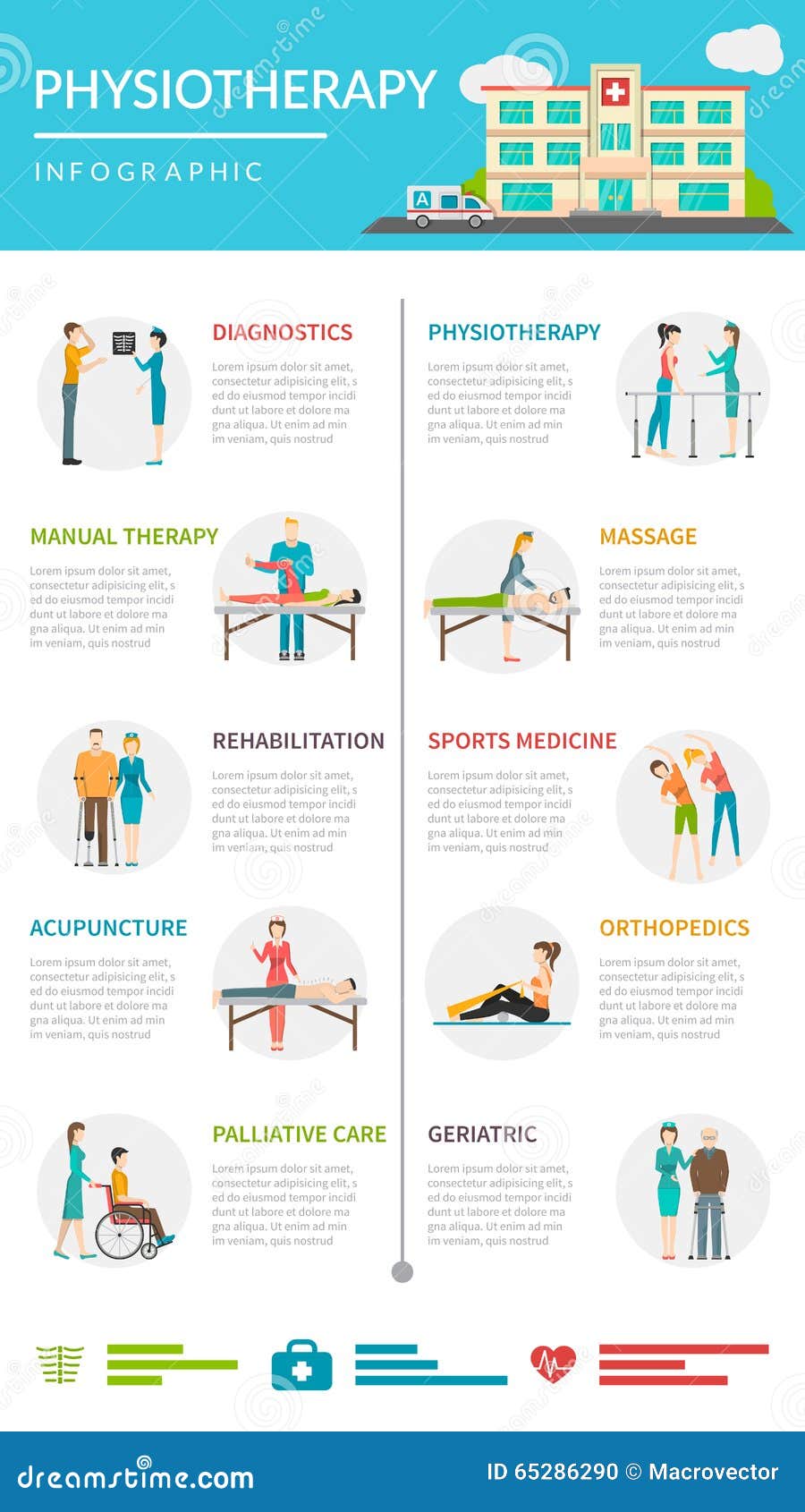The Wellness Insights Supplied By Pain In The Back: Regular Conditions And Connected Symptoms
The Wellness Insights Supplied By Pain In The Back: Regular Conditions And Connected Symptoms
Blog Article
Article By-Koch Greenwood
If you're experiencing pain in the back, your body might be trying to inform you something greater than just discomfort. The way your back feels can provide valuable ideas regarding your overall health. Recognizing the certain sort of pain you're feeling and any coming with signs is crucial to unraveling the enigma behind your discomfort. Let's explore the usual problems and signs and symptoms connected with different kinds of pain in the back to shed light on what your body may be signaling.
Sorts Of Pain In The Back
When it comes to back pain, there are different types that you might experience. One usual type is muscle mass discomfort, frequently triggered by overuse, stress, or injury to the muscle mass and ligaments supporting the spinal column. This sort of pain can range from moderate discomfort to serious and debilitating discomfort.
Another kind is nerve pain, which can arise from problems like herniated discs or sciatica. Nerve pain typically offers as a sharp, shooting sensation that radiates down the leg.
Joint discomfort in the back can stem from concerns like arthritis or sacroiliac joint dysfunction. This type of discomfort is generally really felt in the reduced back and can be worsened by particular activities.
In addition, back pain can be associated with structural issues such as spinal stenosis or vertebral fractures. Understanding the kind of back pain you're experiencing is vital in establishing the suitable therapy and administration strategies.
Common Symptoms to Watch For
Moving past the various sorts of back pain, it is necessary to identify the typical symptoms that can signify underlying problems.
Relentless pain in the back that gets worse with movement or at night might indicate a more serious trouble. ups bee cave tx or tingling in the legs or feet, especially when accompanied by weakness, may point to a nerve-related problem. If you experience unexpected fat burning in addition to pain in the back, it could be a sign of a much more systemic condition.
Pay attention to any type of changes in bladder or digestive tract function, as this could be connected to spine compression. High temperature, chills, or night sweats in conjunction with back pain may indicate an infection. Keep an eye out for discomfort that radiates down one or both legs, potentially indicative of sciatic nerve pain.
Health Conditions Linked to Back Pain
If you suffer from back pain, it's important to recognize the potential wellness conditions linked to this pain. Neck and back pain can be a sign of different underlying concerns, consisting of muscle strains, herniated discs, osteo arthritis, spine stenosis, and even problems like kidney rocks or infections.
Muscle mass strains are common and commonly arise from lifting hefty items or unexpected motions.
Herniated discs happen when the soft tissue between vertebrae protrudes, triggering nerve irritability.
Osteo arthritis, a degenerative joint illness, can result in neck and back pain as cartilage wears down.
Spine constriction, the constricting of the spine canal, can put pressure on nerves.
https://www.healthline.com/health/hiv/hiv-back-pain may create extreme neck and back pain if they relocate into the urinary system system.
Infections like back osteomyelitis can likewise show up as back pain. Understanding these potential health conditions can aid you seek suitable healthcare and management for your back pain.
Final thought
So, next time your back hurts, take notice of the type of discomfort and coming with symptoms. It could be a signal from your body about underlying wellness problems like muscle stress, nerve problems, joint issues, and even structural problems. By recognizing these indicators, you can take proactive steps to attend to the root cause of your back pain and boost your general health and well-being.
